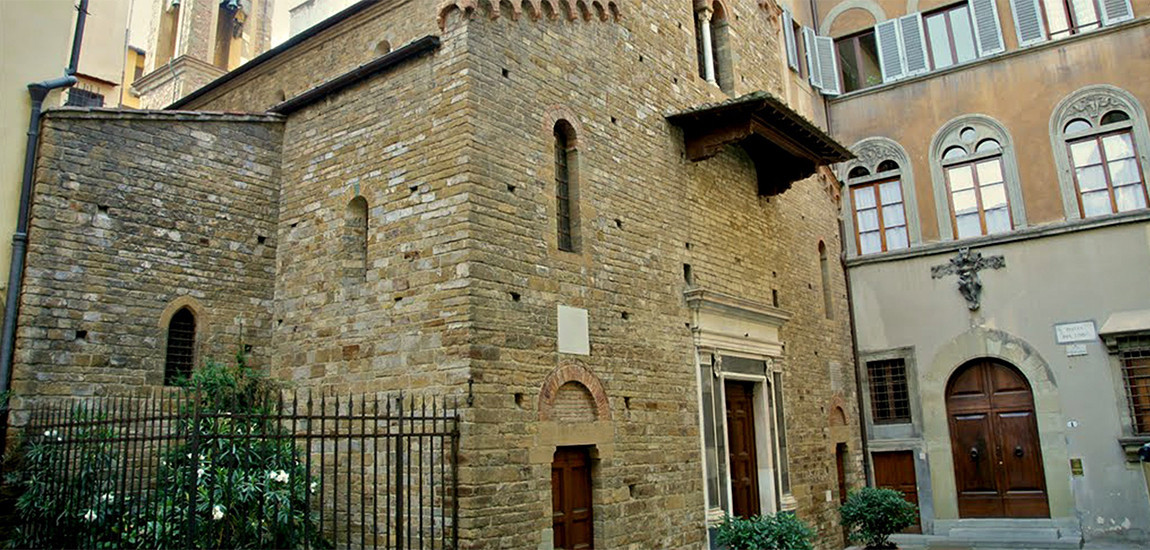
Hidden places: Chiesa dei Santi Apostoli
One of the most ancient buildings in
Florence is certainly the Church of
Santi Apostoli. It faces Piazza del
Limbo, so called because here once stood a cemetery for all those children
that had died before they were baptized, who - as Dante described in the Divine
Comedy - remained in an indefinite part of the otherworld called Limbo.
It is also known as the Vecchio Duomo, a name given by the
citizens for its central role in the Florentine traditions such as the ceremony
of the Scoppio del Carro (explosionof the cart). Here are
kept the flints from the Church of the Holy Sepulcher, a relic used in the
Easter ceremony.
According to a marble plaque on its
façade decorated in simple Romanesque style, the Church was founded in the year 800 at the
presence of none less than Charlemagne,
but historians doubt this to be true, and
date it back to around the end of the XI century.
Though remodeled in the XV and XVI
centuries, this is one of the few churches in the city to have maintained its
ancient features. Apparently, it was Michelangelo
who convinced the rich Florentine banker Bindo Altoviti, who planned to
raise the ground level, to preserve the church as it was.
When you step into the church you
find yourself in a timeless place, the simplicity of the interior is said to
have inspired Brunelleschi in its
recovery of the classical forms while
creating his model for San Lorenzo and Santo Spirito.
The plan is in Paleo-Christian
style, the naves are delimited by columns in green marble from Prato with capitals stripped from ancient Roman
remains, the beautiful decorated wooden ceiling was added in 1333 and on the
pavement there is a mosaic from the original structure.

Particulars of Giorgio Vasari's Immaculate Conception (1540).
Decorating the lateral naves are
numerous artworks, some of them damaged by the flood of the 1966, but other in
good conditions. Among them, we find a masterpiece by Giorgio Vasari, the Immaculate
Conception of
1540, a
painting that was taken as an example by many other artists to represent
this theme, extremely innovative for the time. Original sin was a certainly appropriate theme
considering the church was facing a cemetery were rested non-baptized children.
At the back of the left nave we find
the beautiful tabernacle made of polychrome majolica by Giovanni della Robbia, housing the stones used to light the fire
that will led to the explosion of the Cart during Easter celebrations.
The Church of Santi Apostoli, with
its quaint little square, is a place where you can find peace away from the
tourists that crowd the other parts of the city center.
This ancient structure is proof that
we should not judge a book by its cover. Most of the time, the modest and
secluded places, are the richest in history and the ones you should be looking
out for.




